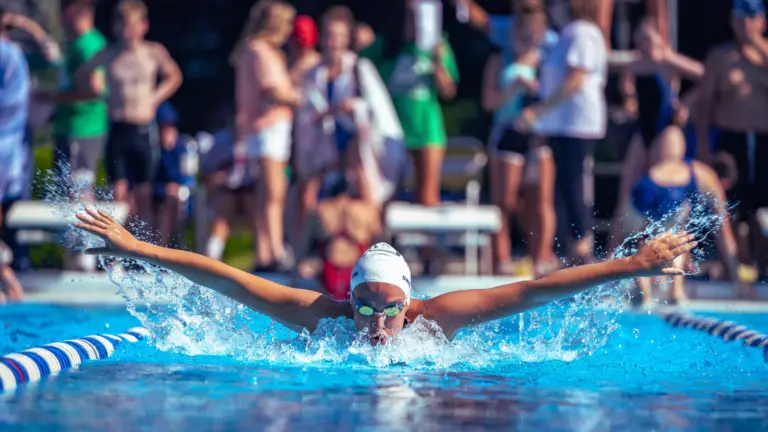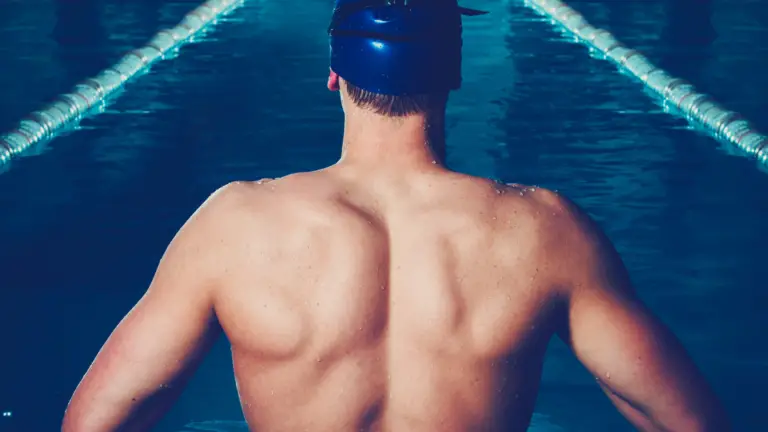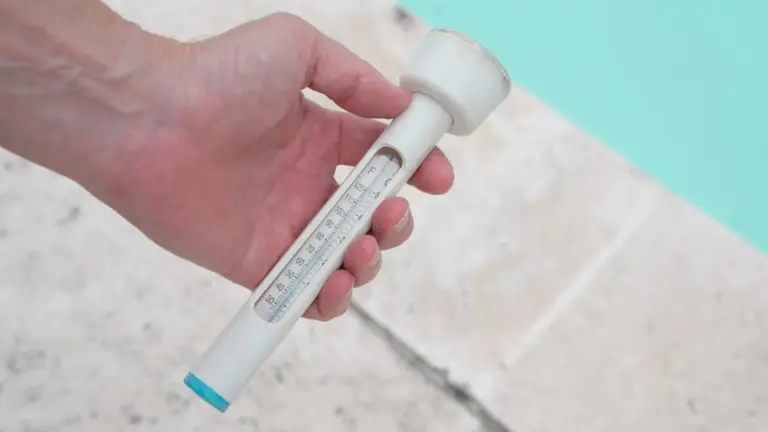In the world of competitive swimming, the term taper holds significant importance. Tapering refers to the strategic reduction of training volume and intensity as a swimmer approaches a major competition. The primary goal of tapering for swimming is to allow the swimmer’s body to recover from the rigors of intense training and reach peak performance at the right time.
I still vividly remember my first experience with tapering. As a young, eager swimmer, the concept of reducing my training felt counterintuitive. I thought, “Shouldn’t I be training harder, not less, leading up to a big meet?” But as I would soon learn, the magic of tapering lies in its ability to balance rest and training, leading to significant performance improvements when it matters most.
Understanding the Physiology of Tapering for Swimming
Tapering is more than just a reduction in training volume—it’s a complex process that triggers a series of physiological changes in a swimmer’s body. During the taper phase, the body undergoes a process known as super-compensation, where the physiological adaptations from training are maximized due to the added rest.
One of the most significant changes during taper is the enhancement of muscular power. According to scientific research on tapering, power output can peak around the third week of a taper, leading to improved performance in the pool.
Here’s a simplified breakdown of the physiological changes during taper:
- Muscle Repair: The reduced training load allows for the repair of muscle tissue damaged during intense training sessions.
- Energy Stores: The body replenishes glycogen stores, the primary energy source for high-intensity exercise.
- Neural Recovery: The nervous system, often taxed by hard training, gets a chance to recover, leading to better muscle composition and power output.
The taper phase also impacts a swimmer’s psychological state. The reduced training load can lead to increased motivation and a heightened sense of readiness, both crucial for optimal performance on race day.
In essence, tapering for swimming is a delicate dance of science and strategy, a balance of rest and work that, when done correctly, allows a swimmer to swim fast when it matters most. As I’ve learned in my journey from a young swimmer to a seasoned coach, understanding and mastering the art of tapering is a key ingredient in the recipe for swimming success.
Understanding the Swimming Taper
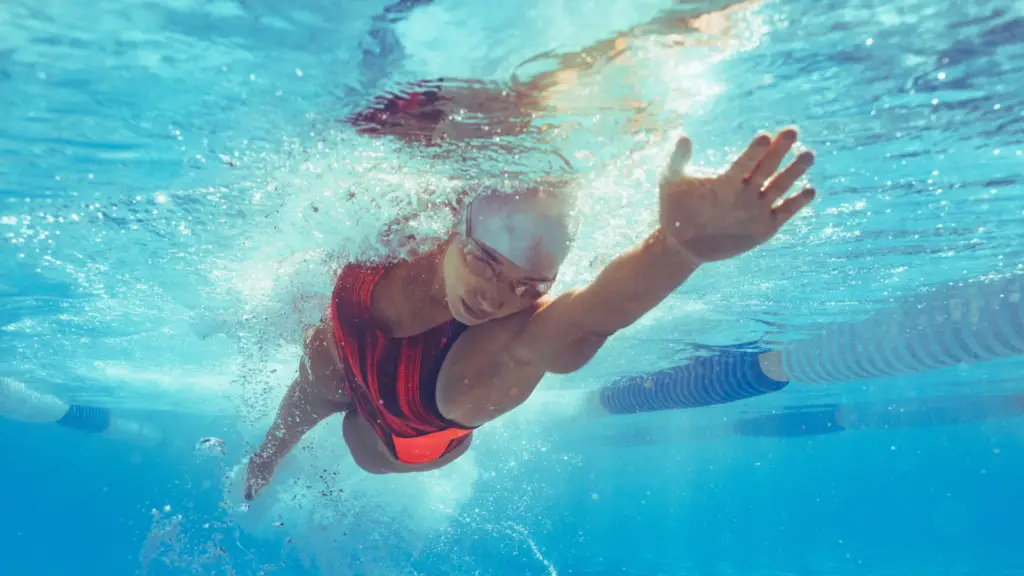
The taper process is a strategic and carefully planned phase in a swimmer’s training regimen. It involves a systematic reduction in training frequency and intensity, typically over a period of one to three weeks leading up to a major competition. The goal is to allow the body to recover from the accumulated training fatigue while maintaining fitness and preparedness for the competition.
Reducing training volume and intensity is a critical aspect of the taper process. This doesn’t mean stopping training altogether, but rather, gradually decreasing the workload while maintaining the quality of training. For instance, a swimmer might reduce their total swimming distance by 60-75% during the taper phase, but continue to perform high-intensity, race-pace efforts to keep their speed work and technique sharp.
The role of rest and recovery cannot be overstated in taper swimming. During this phase, the body undergoes significant physiological adaptations. Muscles repair and strengthen, energy stores are replenished, and the nervous system recovers. This rest period is also crucial for mental recovery, allowing swimmers to enter their competition with a fresh mind and high motivation.
6 steps to Perfect Your Taper
Achieving the perfect taper is both an art and a science. It requires a careful balance of training and rest and a keen understanding of one’s body. Here are some tips to help you perfect your taper:
1. Plan Your Taper
Start by planning your taper phase. This typically begins 1-3 weeks before your competition. The length of your taper can vary depending on your training load, the events you’re competing in, and your individual response to tapering.
2. Reduce Training Volume and Intensity
During the taper phase, gradually reduce your training volume and intensity. This doesn’t mean stopping training altogether but rather decreasing the workload while maintaining the quality of training. For instance, you might reduce your total swimming distance by 60-75% during the taper phase, but continue to perform high-intensity, race-pace efforts to keep your speed and technique sharp.
3. Focus on Technique and Race Strategy
Use the taper phase to focus on technique and race strategy. This could include working on starts, turns, and finishes or practicing race pacing. The goal is to fine-tune these details so that they’re second nature by the time you compete.
4. Prioritize Rest and Recovery
Rest and recovery are crucial during the taper phase. Make sure you’re getting plenty of sleep, eating a healthy diet, and staying hydrated. This is also a good time to engage in relaxation techniques, such as meditation or yoga, to help reduce stress and improve focus.
5. Maintain a Healthy Lifestyle
Good nutrition, hydration, and sleep are crucial during the taper phase. These factors can significantly impact your recovery and performance.
6. Listen to Your Body
Every swimmer responds differently to tapering. Some may feel great right away, while others may feel sluggish at first. It’s important to listen to your body and adjust your taper plan as needed. If you’re feeling worn out, it may be a sign that you need more rest. If you’re feeling energetic and strong, you may be ready to compete.
Remember, tapering for swimming is a unique process for each swimmer. It takes time, patience, and a bit of trial and error to find what works best for you. But when done right, it can be the key to unlocking your peak performance when it matters most.
Staying Mentally Fit During a Taper
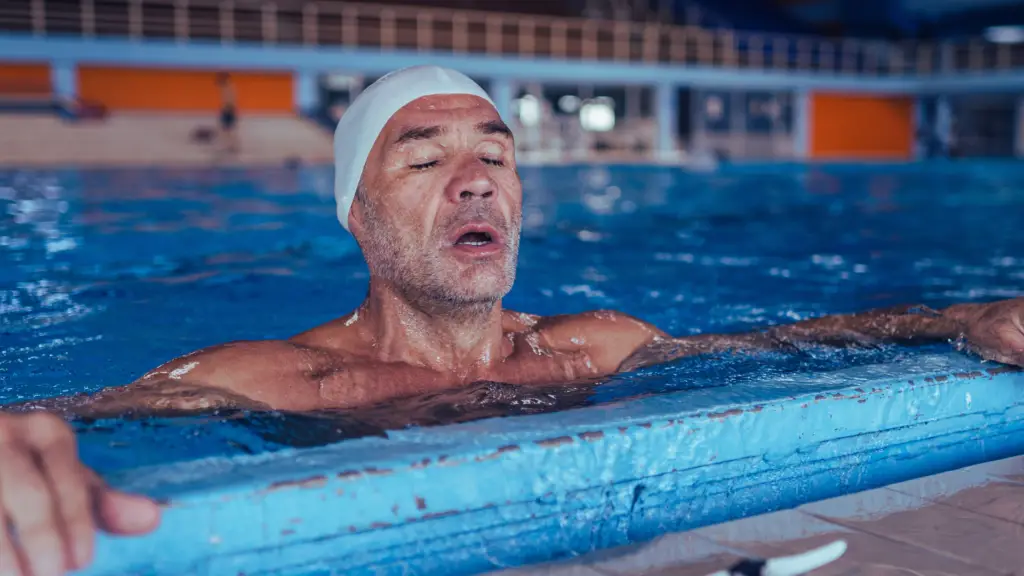
While the physical aspects of tapering are often the focus, the mental component is equally important. Here are some strategies to help you stay mentally fit during a taper:
1. Maintain a Positive Mindset
It’s common to feel a bit off or sluggish during the first part of the taper. This can sometimes lead to doubts or worries about your performance. Remember, this is a normal part of the process. Maintain a positive mindset, trust the process, and know that your body is preparing to perform at its best.
2. Visualize Success
Use visualization techniques to mentally rehearse your races. Imagine yourself performing at your best, executing perfect turns, and touching the wall first. Visualization can help reinforce your race strategy and boost your confidence.
3. Stay Focused on Your Goals
Keep your goals in mind throughout the taper phase. Whether it’s achieving a personal best time, qualifying for a higher-level meet, or simply performing to the best of your ability, staying focused on your goals can provide motivation and direction.
4. Practice Mindfulness and Relaxation Techniques
Mindfulness and relaxation techniques, such as meditation or yoga, can help reduce stress and improve focus. They can also help you stay present and avoid getting caught up in worries about the past or future.
5. Keep a Training Log
Keeping a training log can be a helpful tool during the taper phase. Not only can it help you track your physical progress, but it can also be a place to record your thoughts and feelings. Reflecting on your training log can provide valuable insights and help you stay mentally engaged in your training.
Some of my favorite resources for staying mentally fit are:
- In my opinion, Champion’s Mind is the best app for mastering your sports psychology skills.
- Headspace is my favorite app for overall mindfulness.
Remember, staying mentally fit during a taper is just as important as the physical aspects. By maintaining a positive mindset, visualizing success, staying focused on your goals, practicing mindfulness, and keeping a training log, you can ensure that you’re mentally ready to perform at your best when it matters most.
The Impact of Taper on Swim Performance
The ultimate goal of tapering is to lead to peak performance at championship meets. By reducing training volume and intensity, the body can recover and super-compensate, leading to enhanced physiological readiness and mental sharpness. This readiness is not just about being able to swim fast but to swim fast when it matters most.
I’ve experienced this impact firsthand. After a well-executed taper, I’ve felt a noticeable difference in my performance. My strokes felt smoother, my turns sharper, and my overall speed was significantly improved. It was as if my body had been fine-tuned like a high-performance engine, ready to deliver its best performance on race day.
FAQs
Conclusion
In conclusion, the taper phase is a crucial part of a swimmer’s training regimen. It’s a period of reduced training that allows the body to recover, super compensate, and reach peak performance at the right time. The benefits of a well-executed taper are significant, leading to improved performance and the ability to swim fast when it matters most.
As a swimmer and a coach, I encourage all swimmers to embrace the taper phase. It may feel counterintuitive to reduce training leading up to a big meet, but the science and experience show that it works. So trust the process, listen to your body, and get ready to deliver your best performance when it matters most.
In the end, the art of tapering is just one of the many aspects that make swimming such a fascinating and rewarding sport. It’s a testament to the intricate balance of work and rest, of pushing the body to its limits and then allowing it to recover and reach new heights. And that, to me, is the true beauty of swimming.


